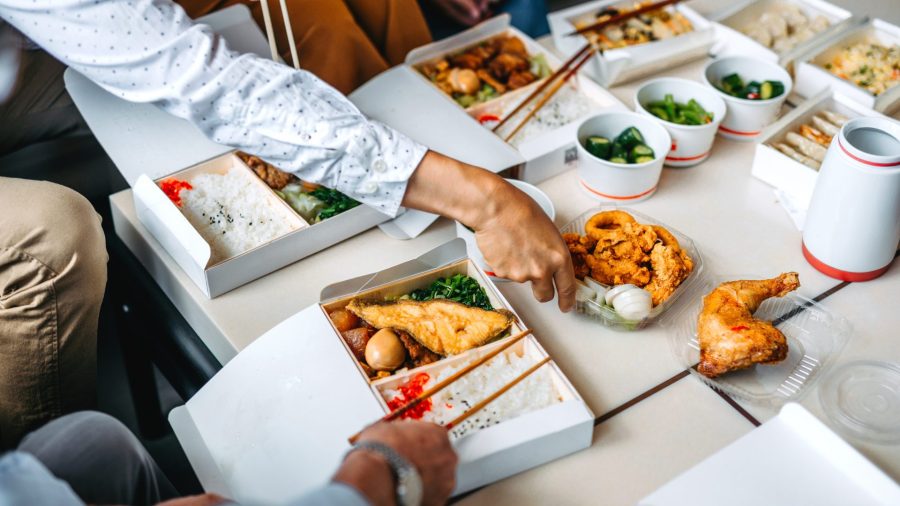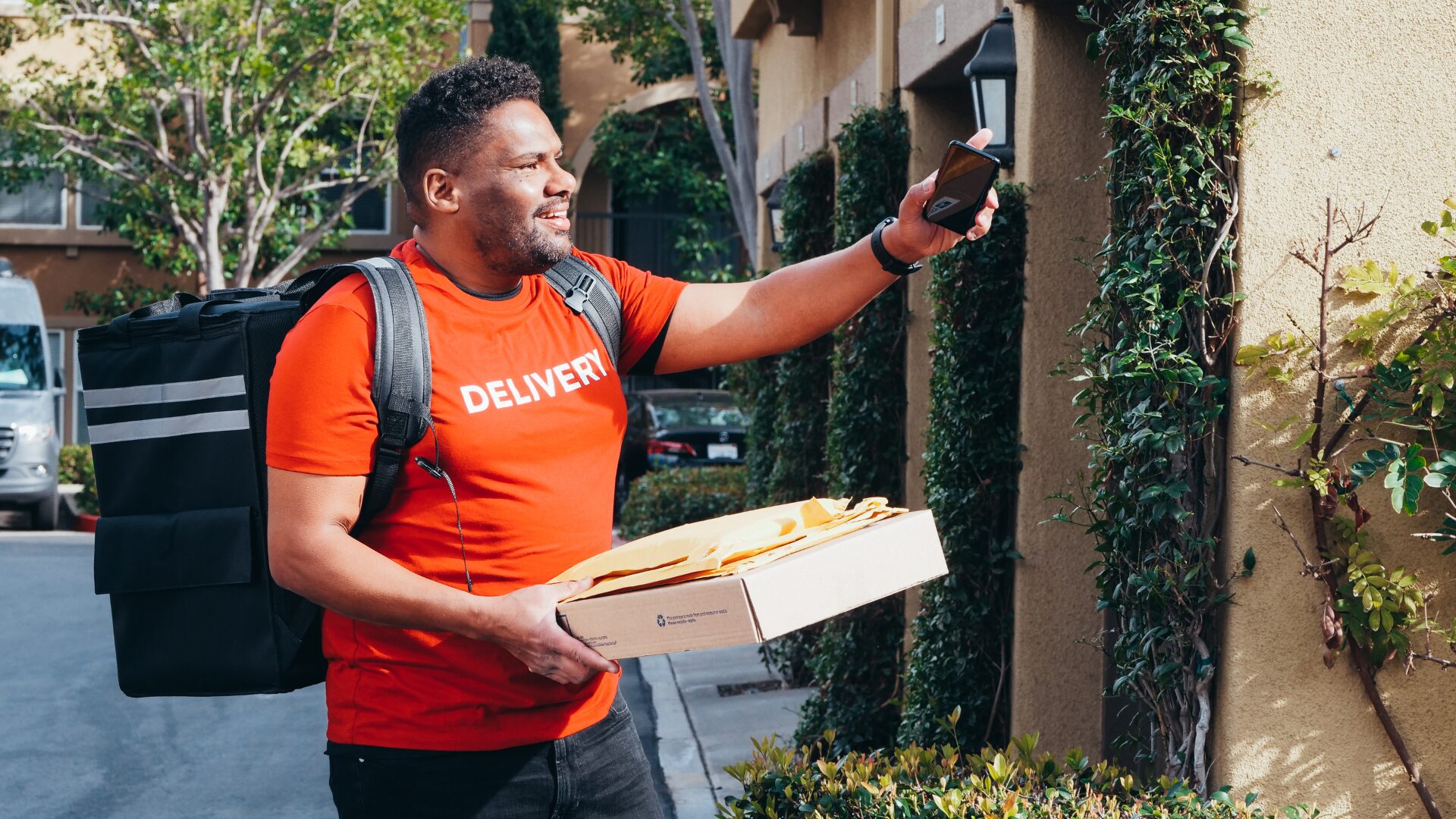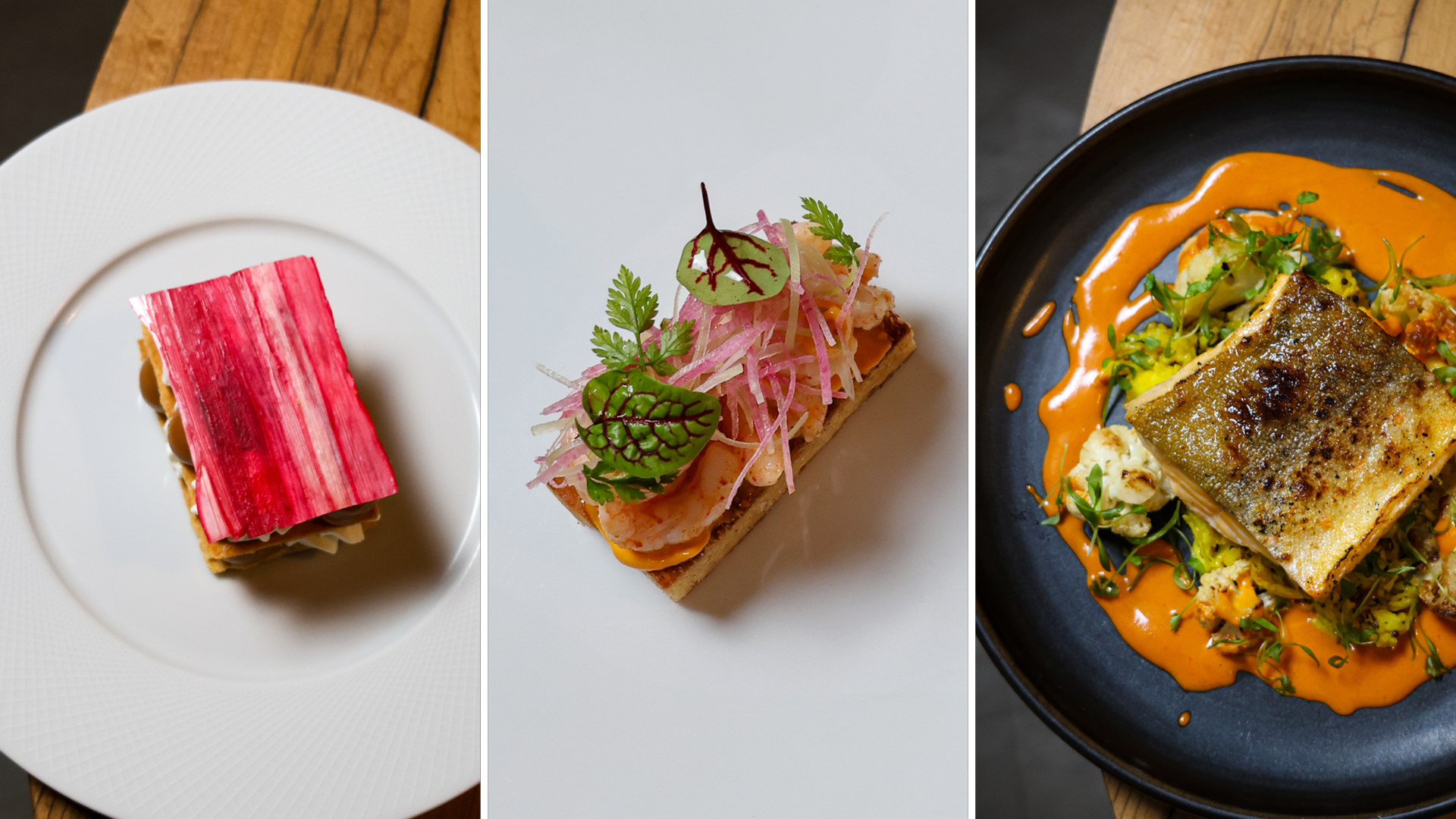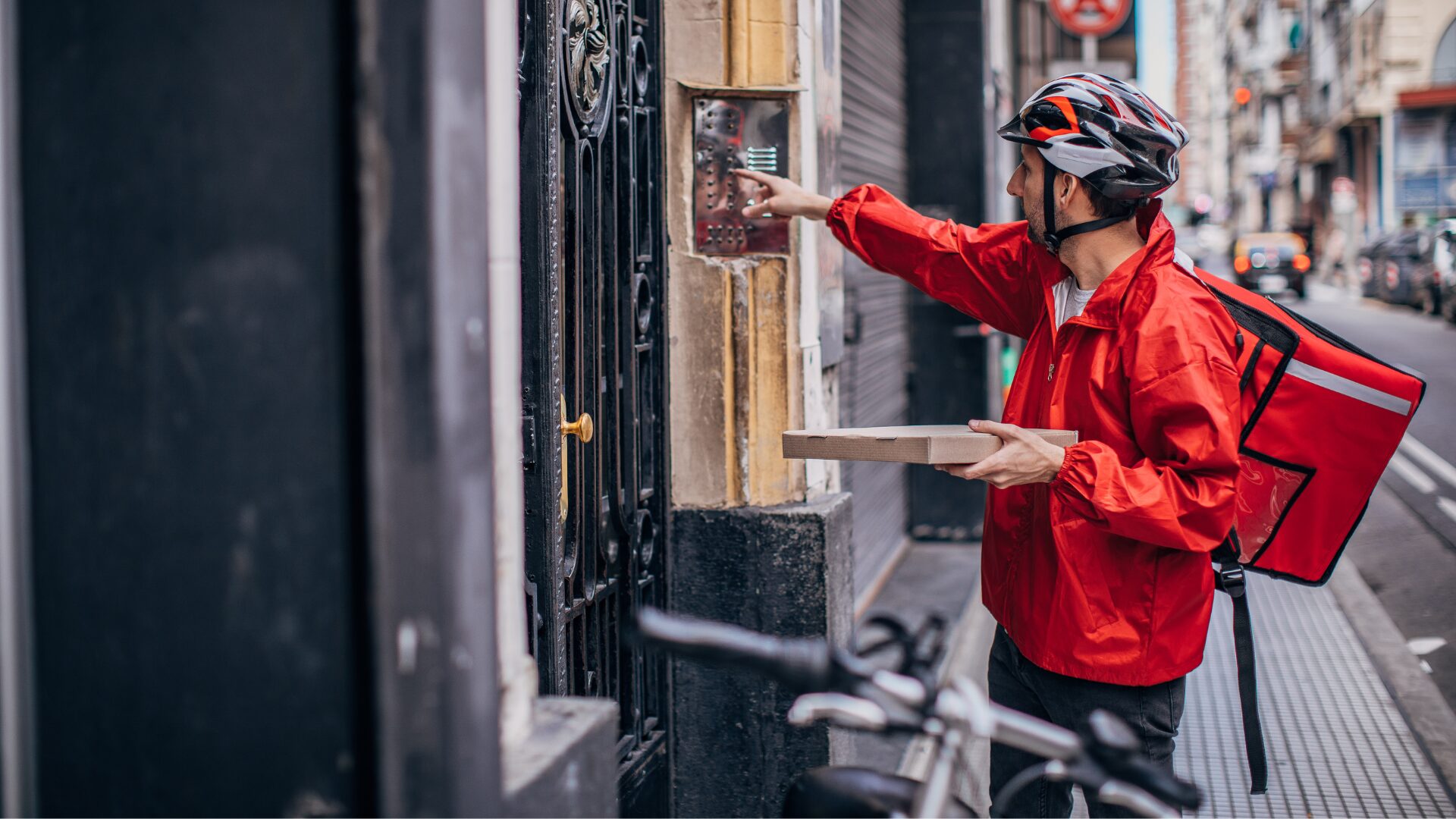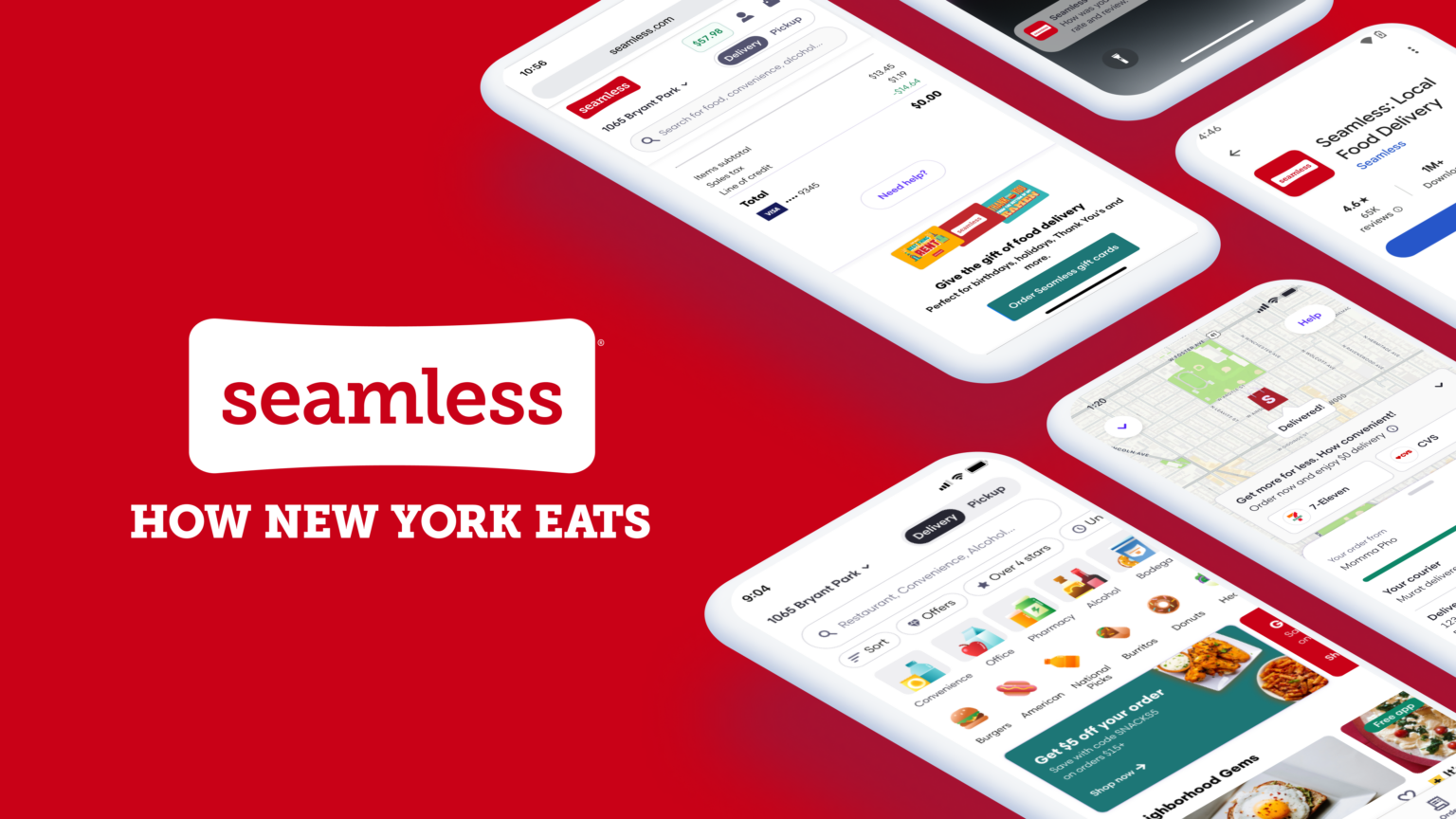New research on consumers who use food-delivery companies like UberEats, GrubHub and DoorDash indicates that today’s food-delivery customers tend to be young and wealthy.
Virtual brand company Nextbite’s white paper revealed that 71% of survey respondents who said they ordered delivery weekly were Millennials or Gen Zers, and the most active delivery customers earn an average of $119,000 per year.
ADDITIONAL CONSUMER ANALYSIS
Nextbite surveyed 3,012 consumers across the U.S. ranging in age from 18 to 65 years. The research showed that delivery’s market share jumped from 7% in 2019 to 28% by Oct. 2020.
Delivery sales are expected to grow at least 17% yearly through 2025, according to Research & Markets and IMARC Group.
Nextbite found that 43% of survey respondents order delivery at least once per month, and 23% order weekly. When asked how they ranked the benefits of ordering food for delivery, respondents’ top answers were: eating in the comfort of home (43%), followed by saving time (33%). Additionally, the survey found that consumers who order delivery weekly or more used an average of 3.4 delivery apps.
OPPORTUNITY APPARENT
While the Nextbite survey reiterated that longstanding delivery favorites like pizza, burgers and wings remain popular, the research also showed that delivery users are also interested in a variety of flavors. International cuisine appears to be increasingly popular, for example, with Asian varieties topping the list.
Additionally, survey respondents expressed interest in more choices that meet dietary needs, like vegan and gluten free.
The study revealed that these new areas were not well-covered by delivery today, so an opportunity appears to exist to meet those emerging consumer demands.
HOW RESTAURANTS CAN COMPETE
Restaurants hoping to compete with delivery companies like DoorDash and UberEats should focus on providing exemplary customer service, said Lee Webster, the head of marketing with Service Club Delivery, an SaaS startup. The marketing expert told The Food Institute restaurants can accomplish this by providing a wide variety of menu items, loyalty programs, and designated (and people-friendly) drivers.
When restaurants have delivery drivers on staff, Webster said, it “is preferable over contractors that constantly change. Get someone on board that knows the business and is interested in being a stakeholder.”
Meredith Sandland – who recently coauthored Delivering the Digital Restaurant, a book that, in part, touches on food delivery – noted that restaurants have always had a love-hate relationship with third-party delivery companies, appreciative of the new customers delivery apps provide while simultaneously resenting the fees that apps charge.
That said, Sandland also noted that “the most sophisticated restaurants couple a first-party ordering experience – [including] web, mobile, and app – with the third-party platforms, recognizing that different consumer segments use different ordering interfaces.”


